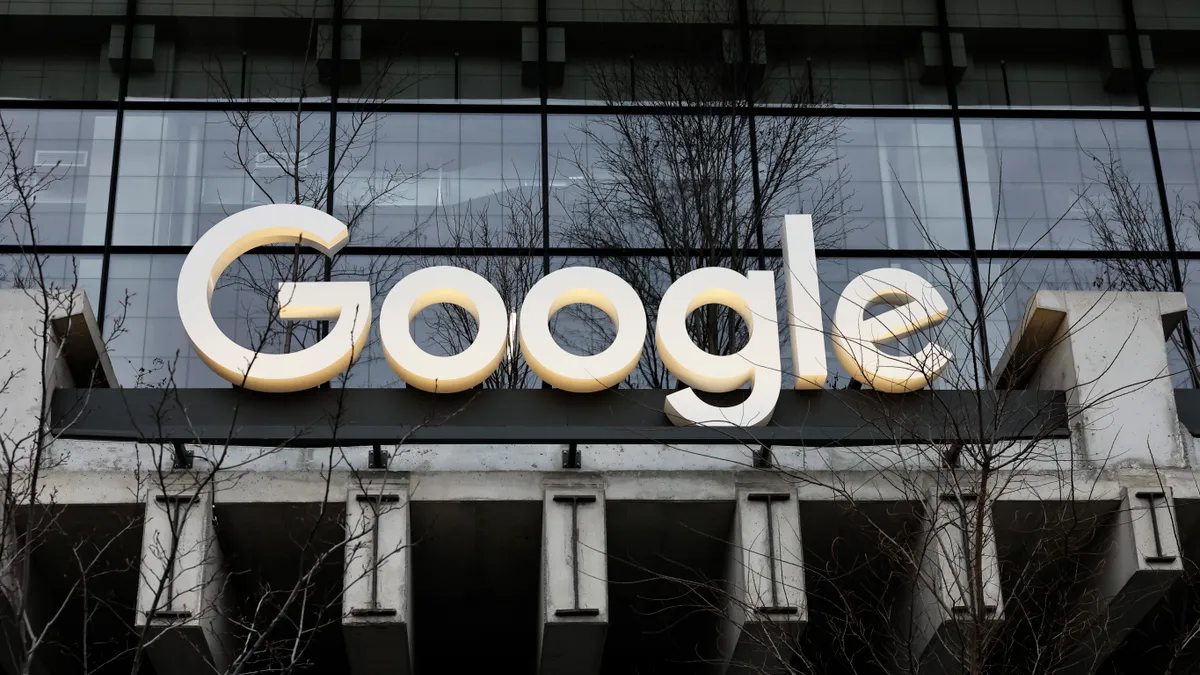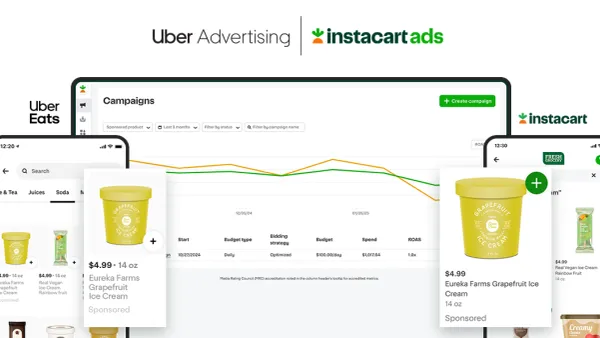Brief:
- Mobile ad engagement has risen 15% in the past few months amid shifts among a variety of demographic groups as the coronavirus pandemic disrupted usage habits for U.S. consumers. Lower-income and higher-income households are showing record levels of engagement, while middle-income households are lagging, per a report that mobile ad network MobileFuse shared exclusively with Mobile Marketer.
- Engagement for people ages 18 to 34 rose from a pre-pandemic level of 0.73% to a high of 0.77% in April before falling to 0.72% in May, but was the highest among generational groups. Other age groups are catching up as the mobile ad market shifts through different stages of pandemic lockdowns and a push to reopen.
- Women have shown the highest level of engagement, ranging from 0.48% to 0.67% during different stages of lockdowns, but men are catching up with a level of 0.52% as the economy begins to reopen. Rural and suburban areas have shown higher engagement rates than urban areas, per MobileFuse.
Insight:
The coronavirus pandemic led to a surge in engagement with mobile ads as people spend time more time using their smartphones for entertainment and to stay connected during lockdowns. MobileFuse's data show a dramatic increase in engagement during those lockdowns followed by a steady fall as many regions in the U.S. begin to reopen. The levels remain somewhat elevated, but may decline back to normal as people leave their homes more often, get back to work and spend less time glued to their mobile devices.
The higher ad engagement rates for people ages 18 to 24 indicate the group's high receptivity to ads, though that may also reflect a preponderance of youth-oriented advertising on mobile platforms. That finding confirms other research that shows higher ad receptivity among younger audiences. Thirty-eight percent of people ages 18 to 24 said most of the ads they see on any platform is relevant, the highest among any age group, according to a survey by researcher Disqo.
While the steady decline in mobile ad engagement in May isn't a positive trend for marketers, it can be seen as a sign of economic recovery that puts more people back to work and restores their spending power. Those trends are ultimately positive for mobile marketers, who can use the data about mobile ad receptivity to hone future marketing campaigns.














